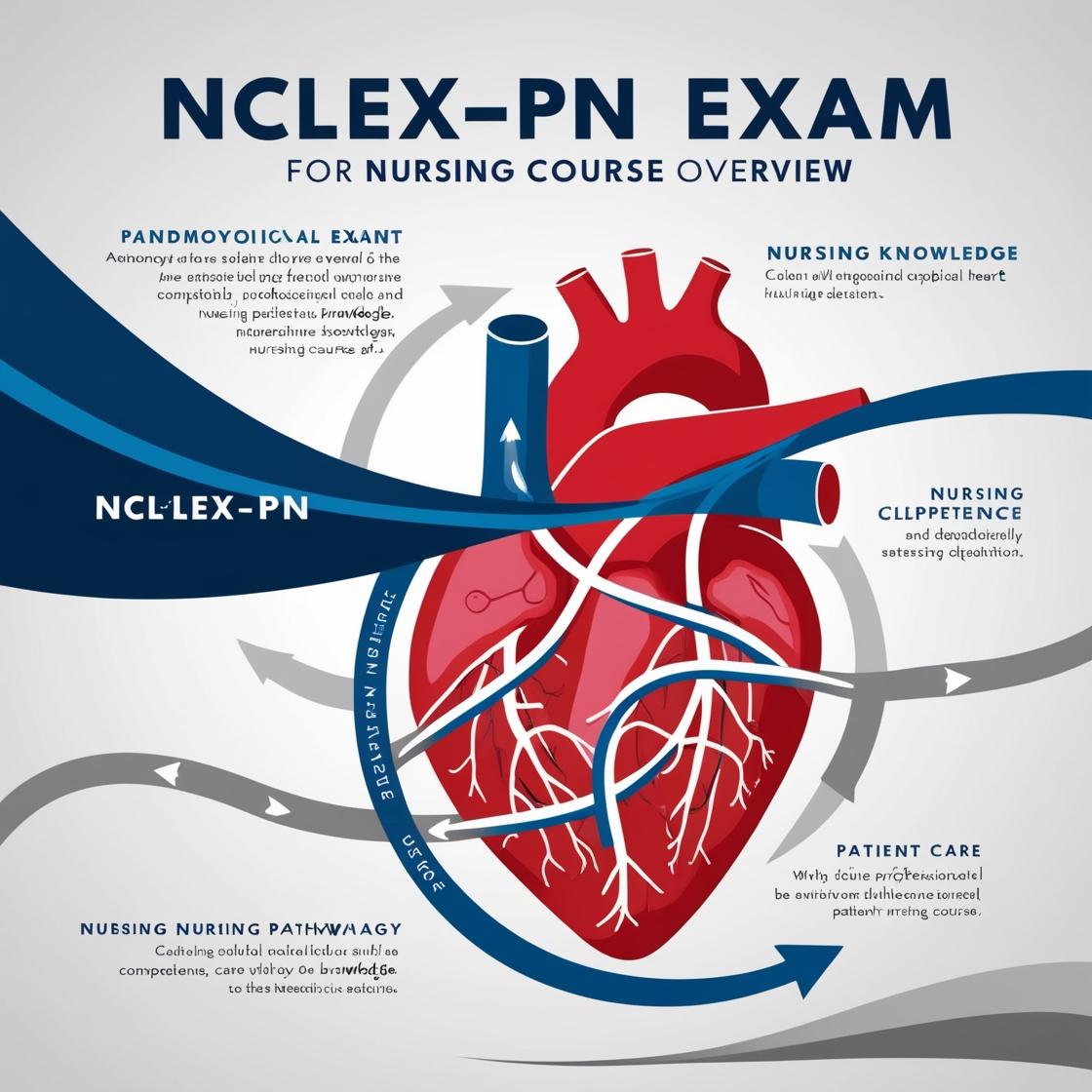NCLEX-PN
NCLEX Question of The Day
1. What should the nurse do while caring for a client with an eating disorder?
- A. Encourage the client to cook for others
- B. Weigh the client daily and keep a journal
- C. Restrict access to mirrors
- D. Monitor food intake and behavior for one hour after meals
Correct answer: D
Rationale: The correct answer is to monitor food intake and behavior for one hour after meals. This is crucial in caring for a client with an eating disorder as it helps in assessing any immediate risks related to the disorder. Option A is incorrect as it may trigger additional stress for the client and distract from the main focus of managing the disorder. Option B, weighing the client daily, could lead to an unhealthy focus on weight and potentially worsen the client's mental health. Option C, restricting access to mirrors, although it may be beneficial for body image concerns, does not directly address the core issue of monitoring food intake and behavior, which is essential in managing eating disorders.
2. Which intervention should the nurse stop the nursing assistant from performing?
- A. Emptying the Jackson-Pratt drainage of the client post cholecystectomy
- B. Performing passive range of motion on the client with right-sided paralysis
- C. Placing the traction weights on the bed to transfer the client to X-ray
- D. Discarding the first urine voided by the client starting a 24-hour urine test
Correct answer: C
Rationale: Placing traction weights on the bed to transfer the client to X-ray is an intervention that the nurse should stop the nursing assistant from performing. Traction should never be relieved without a doctor's order as it can result in muscle spasm and tissue damage. The other choices are appropriate nursing interventions and should not be stopped. Emptying the Jackson-Pratt drainage, performing passive range of motion, and collecting the first urine void for a 24-hour urine test are all within the scope of practice and do not pose immediate risks to the client's well-being.
3. Which nursing diagnosis has the highest priority for a client with insomnia?
- A. Ineffective breathing pattern
- B. Disturbed sensory perception
- C. Ineffective coping
- D. Sleep deprivation
Correct answer: A
Rationale: The correct answer is 'A: Ineffective breathing pattern.' When a client presents with insomnia, assessing for underlying causes is crucial. Sleep apnea, an airway issue, may be a contributing factor to the client's insomnia, making 'Ineffective breathing pattern' the priority. 'Disturbed sensory perception' focuses on alterations in touch, taste, or vision, which are not directly related to insomnia. 'Ineffective coping' addresses a client's inability to manage stress, which, although important, is not the priority in this case. 'Sleep deprivation' is a consequence of insomnia rather than a primary nursing diagnosis.
4. The schizophrenic client who is admitted to the hospital for possible bowel obstruction has an NG tube and complains of pain. What should the nurse do at this time?
- A. Decrease the stimuli and observe frequently
- B. Administer the PRN sedative
- C. Call the physician immediately
- D. Administer the PRN pain medication
Correct answer: D
Rationale: In this scenario, the nurse should administer the PRN (as needed) pain medication to address the schizophrenic client's complaint of pain. It is essential to provide relief and comfort to the client experiencing pain. Option A, decreasing stimuli and observing frequently, may not address the underlying cause of pain and delay relief. Option B, administering a sedative, does not target the pain but may mask symptoms. Option C, calling the physician immediately, while important in some situations, is not the most immediate action needed to alleviate the client's pain. Therefore, the most appropriate action at this time is to administer the PRN pain medication to help alleviate the client's discomfort.
5. One day postoperative, the client complains of dyspnea, and his respiratory rate (RR) is 35, slightly labored, and there are no breath sounds in the lower-right base. The nurse should suspect:
- A. cor pulmonale.
- B. atelectasis.
- C. pulmonary embolism.
- D. cardiac tamponade.
Correct answer: B
Rationale: The correct answer is atelectasis. The absence of breath sounds in the lower-right base is a key finding in atelectasis, which occurs when a portion of the lung collapses. The other symptoms such as dyspnea and increased respiratory rate could be present in various pulmonary conditions. Cor pulmonale is typically associated with chronic lung disease, pulmonary embolism presents with sudden onset dyspnea and chest pain, and cardiac tamponade manifests with Beck's triad of hypotension, distended neck veins, and muffled heart sounds.
Similar Questions

Access More Features
NCLEX PN Basic
$69.99/ 30 days
- 5,000 Questions with answers
- Comprehensive NCLEX coverage
- 30 days access @ $69.99
NCLEX PN Premium
$149.99/ 90 days
- 5,000 Questions with answers
- Comprehensive NCLEX coverage
- 30 days access @ $149.99
